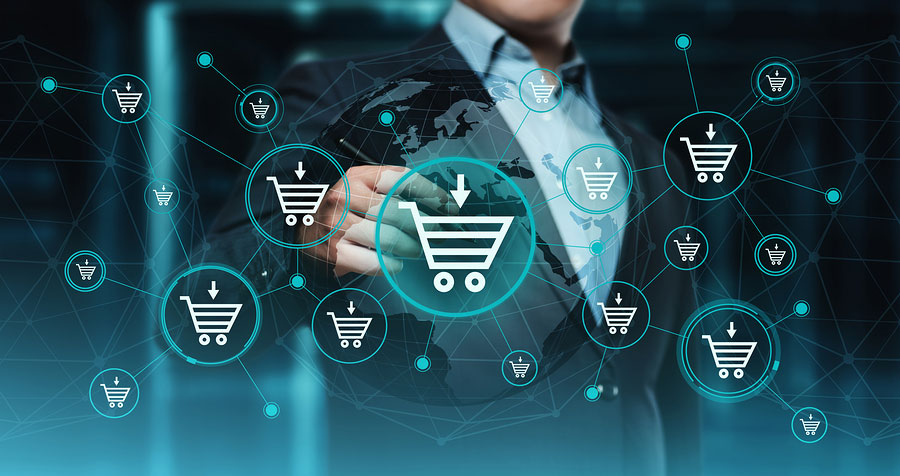Tapping Into The Consumer Brain

New theories surface every day to find out what exactly persuades us to make a purchasing decision. Research indicates that the human brain is impulsive and easily attracted to ideas like coupons or discounts. More specifically, millennials have been noted for their tendency to check online product or service reviews while shopping. It is the overlap between psychology and marketing that results in the innovative and exciting field of consumer behavior. Social scientists have been studying the ‘consumer brain’ phenomenon for years and there is still so much to uncover. The kind of questions being asked by researchers include: What makes a particular type of individual primarily purchase their electronics online? Which type of font is more attractive to a millennial shopper? Is ‘50% off’ more effective than ‘Half Off’ in an e-newsletter? Whether a company is in the business of selling a service or a product, its long-term success hinges on accurately gauging the preferences and spending style of the target customer.
DELAYED GRATIFICATION

A marketer familiar with consumer behavior knows when and how to activate the ‘delayed gratification’ response in shoppers. That knowledge and timing allow them to sell more of their products and services while boosting customer satisfaction. Delayed gratification, according to the experts, is the key reason why people prefer shopping online. From the moment a shopper logs onto a website or opens up an app to when they place the order, there is excitement building up. The brain tricks consumers into thinking that shopping online and placing an order is like “rewarding” yourself with a gift – every single time! People, just like you and me, actually enjoy waiting for their newly purchased products to arrive in the mail.
NOW OR NEVER!

Being human means being full of complexities, and this principle applies to shopping behavior as well! While we know that online shoppers are more than happy to wait for their package to arrive on their doorstep, there are exceptions to this. Sometimes, what a consumer wants, they want immediately and without a second’s delay. While e-commerce websites tap into the shopper’s tendency for instant gratification with user experience design, what about customer support?
Websites with live chat solutions fully integrated can offer their customers quick, readily accessible live chat services around the clock. Whatever question the customer has or help that is needed, the trained live chat agent can provide support just when the customer desires. E-commerce businesses that offer limited after-hours customer support may fall prey to the “abandoned shopping cart syndrome”, where an online shopper leaves the website without completing the checkout process. Most of the reasons leading to an abandoned shopping cart, such as a long and confusing checkout process or payment security concerns, can easily be resolved by talking to an online customer service representative.
ONLINE VS. RETAIL CONSUMPTION

It is important to note that the consumer’s brain works differently when shopping online versus when shopping in a physical outlet. Smartly-designed social media posts announcing sales can persuade customers to put a few items in the virtual shopping cart. However, customers shopping online tend to read a lot of reviews and comments before making a purchase decision. With retail outlet shopping, many customers end up buying much more than was originally needed based on impulse.
If we remember how diverse the human brain is, only then can we understand how spending decisions get made. If advertising and the shopping experience are designed with the consumer brain in mind, businesses are bound to attract more customers.

